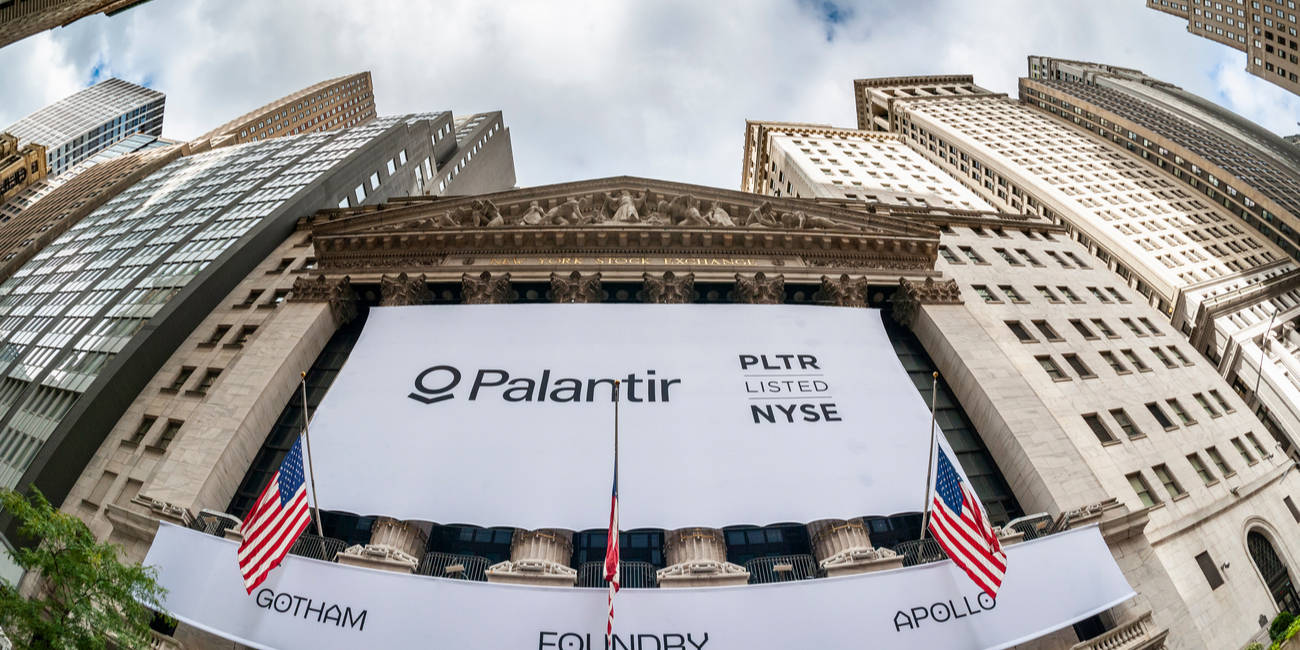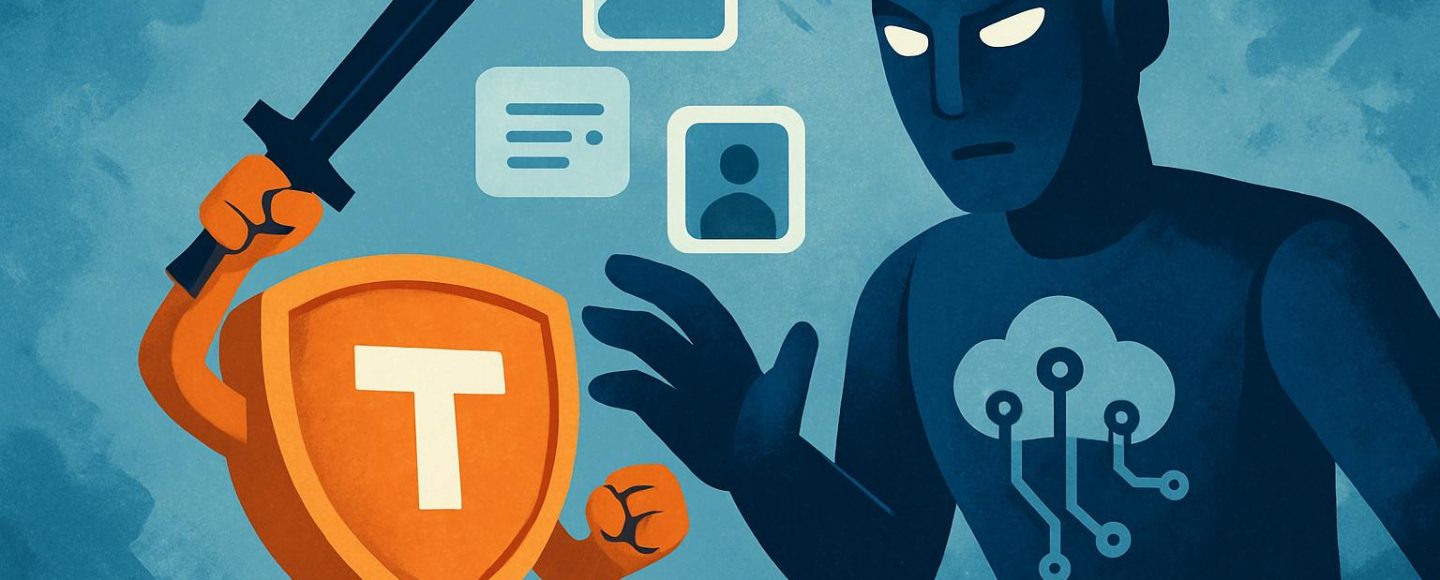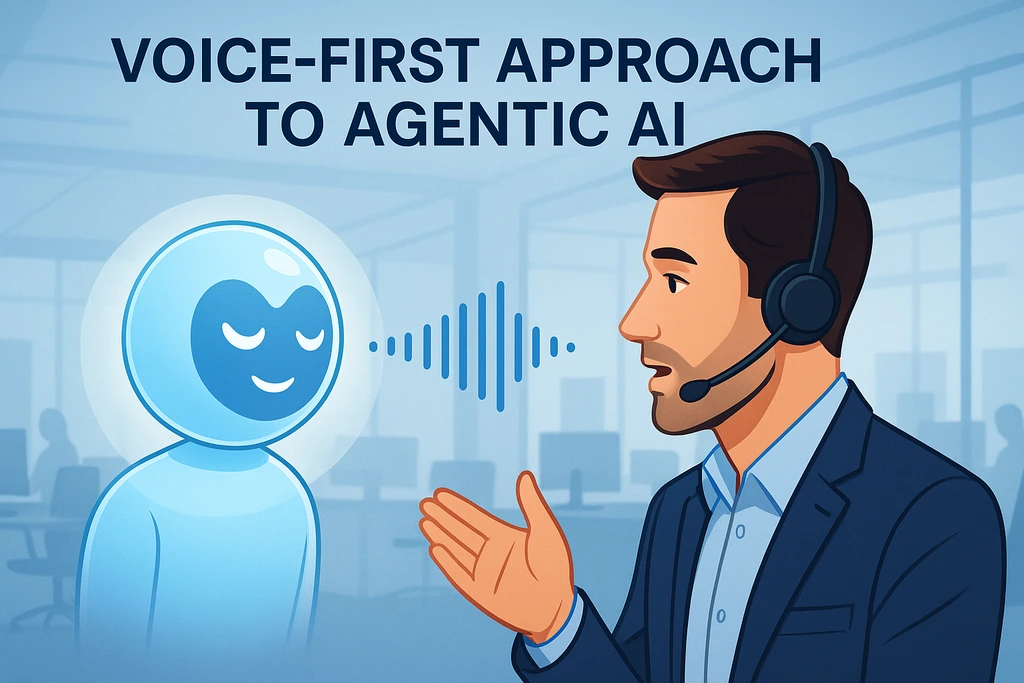Unveiling Reciprocal Public License 1.5: A Deep Dive into Fair Code, Open Source Sustainability, and Innovation
Abstract: In this post, we explore the Reciprocal Public License 1.5 (RPL 1.5), an innovative open source and fair code license. We discuss its background, core concepts, and how its reciprocal nature protects developers from exploitation. In addition, we compare RPL 1.5 with other popular licenses, examine practical applications, highlight the challenges of adoption, and offer insights into future trends. Drawing from authoritative resources such as OSI Licenses and selected articles on License Token, this technical yet accessible guide offers a comprehensive look into the evolving world of open source licensing. Introduction Open source licensing plays a critical role in the software development ecosystem. With a growing need for sustainable funding, equitable contributions, and protection for developers, innovative licensing models are emerging. One such license is the Reciprocal Public License 1.5 (RPL 1.5). Designed to enforce fair compensation and community reinvestment, RPL 1.5 attempts to strike a delicate balance between open collaboration and commercial accountability. This post delves into the history, features, best practices, and future outlook of RPL 1.5 while offering practical examples and comparisons with alternative models. For further details, please refer to the Original Article on RPL 1.5. Background and Context History and Development RPL 1.5 emerged against the backdrop of growing concerns about commercial exploitation in the open source world. Its creators—a group of developers, legal experts, and community advocates—sought to address one critical gap: ensuring that contributions yield fair compensation. While more permissive licenses such as the MIT License allow corporations to exploit community work without reciprocity, RPL 1.5 requires that derivative works reinvest benefits back into the originating community. The license’s roots lie in discussions on platforms like Hacker News and legal workshops, where participants debated the merits of strict copyleft versus permissiveness. By enforcing explicit reciprocal obligations, the license introduces a new paradigm—blending open source ideals with a fair code approach. Ecosystem and Definitions In the ecosystem of open source, multiple licenses exist with varying degrees of flexibility and protection: Permissive Licenses: Like the MIT and Apache licenses, these allow almost unrestricted usage of the code. Copyleft Licenses: Such as GNU GPL v3, which mandate that all derivative works remain under the same license. Fair Code Licenses: RPL 1.5 falls into this category, emphasizing fairness and equal compensation for developers. This nuanced ecosystem is further enriched by modern blockchain-based solutions like the OCTL which offers tokenized compensation mechanisms. These innovations signal a move towards a more sustainable, community-focused funding model. Core Concepts and Features RPL 1.5 distinguishes itself by focusing on several key concepts: Reciprocity and Fair Compensation: The core idea of RPL 1.5 is that any derivative or commercial use of the code must reinvest value back into the community. This helps prevent exploitation and ensures that original contributors are rewarded fairly. Legal Robustness: With clearly articulated clauses, the license is structured to handle legal scrutiny. The terms defined under RPL 1.5 create a legal framework that obliges users to adhere to reciprocity, similar in intent to certain aspects found in GNU GPL v3 but with a unique emphasis on commercial accountability. Community-Centric Governance: Projects adopting RPL 1.5 are encouraged to implement robust Contributor License Agreements (CLAs) and community governance structures. This means developers have clear guidelines, which ultimately enhance project transparency and long-term sustainability. Compatibility with Open Source Ideals: While the reciprocity clause can create challenges when integrating with more permissive licenses, it remains a powerful tool for projects prioritizing community rewards over unrestricted commercialization. Table: Comparison of Popular Open Source Licenses License Compensation Mechanism Transparency Flexibility Community Focus Reciprocal Public License 1.5 Mandates fair reinvestment and revenue sharing in derivative works (Original Article) Enforced through explicit reciprocal clauses Moderate; reciprocal conditions can restrict mixing with permissive code Designed to ensure developer protection and equitable compensation OCTL Tokenized rewards via blockchain integration as per OCTL Whitepaper High transparency using immutable blockchain audit trails High; modern single-license model Ensures developer rewards through automated incentives MIT License No mandatory compensation; relies on voluntary donations Extremely transparent with minimal obligations Very high; minimal restrictions Low; allows free commercial e

Abstract:
In this post, we explore the Reciprocal Public License 1.5 (RPL 1.5), an innovative open source and fair code license. We discuss its background, core concepts, and how its reciprocal nature protects developers from exploitation. In addition, we compare RPL 1.5 with other popular licenses, examine practical applications, highlight the challenges of adoption, and offer insights into future trends. Drawing from authoritative resources such as OSI Licenses and selected articles on License Token, this technical yet accessible guide offers a comprehensive look into the evolving world of open source licensing.
Introduction
Open source licensing plays a critical role in the software development ecosystem. With a growing need for sustainable funding, equitable contributions, and protection for developers, innovative licensing models are emerging. One such license is the Reciprocal Public License 1.5 (RPL 1.5). Designed to enforce fair compensation and community reinvestment, RPL 1.5 attempts to strike a delicate balance between open collaboration and commercial accountability. This post delves into the history, features, best practices, and future outlook of RPL 1.5 while offering practical examples and comparisons with alternative models.
For further details, please refer to the Original Article on RPL 1.5.
Background and Context
History and Development
RPL 1.5 emerged against the backdrop of growing concerns about commercial exploitation in the open source world. Its creators—a group of developers, legal experts, and community advocates—sought to address one critical gap: ensuring that contributions yield fair compensation. While more permissive licenses such as the MIT License allow corporations to exploit community work without reciprocity, RPL 1.5 requires that derivative works reinvest benefits back into the originating community.
The license’s roots lie in discussions on platforms like Hacker News and legal workshops, where participants debated the merits of strict copyleft versus permissiveness. By enforcing explicit reciprocal obligations, the license introduces a new paradigm—blending open source ideals with a fair code approach.
Ecosystem and Definitions
In the ecosystem of open source, multiple licenses exist with varying degrees of flexibility and protection:
- Permissive Licenses: Like the MIT and Apache licenses, these allow almost unrestricted usage of the code.
- Copyleft Licenses: Such as GNU GPL v3, which mandate that all derivative works remain under the same license.
- Fair Code Licenses: RPL 1.5 falls into this category, emphasizing fairness and equal compensation for developers.
This nuanced ecosystem is further enriched by modern blockchain-based solutions like the OCTL which offers tokenized compensation mechanisms. These innovations signal a move towards a more sustainable, community-focused funding model.
Core Concepts and Features
RPL 1.5 distinguishes itself by focusing on several key concepts:
Reciprocity and Fair Compensation:
The core idea of RPL 1.5 is that any derivative or commercial use of the code must reinvest value back into the community. This helps prevent exploitation and ensures that original contributors are rewarded fairly.Legal Robustness:
With clearly articulated clauses, the license is structured to handle legal scrutiny. The terms defined under RPL 1.5 create a legal framework that obliges users to adhere to reciprocity, similar in intent to certain aspects found in GNU GPL v3 but with a unique emphasis on commercial accountability.Community-Centric Governance:
Projects adopting RPL 1.5 are encouraged to implement robust Contributor License Agreements (CLAs) and community governance structures. This means developers have clear guidelines, which ultimately enhance project transparency and long-term sustainability.Compatibility with Open Source Ideals:
While the reciprocity clause can create challenges when integrating with more permissive licenses, it remains a powerful tool for projects prioritizing community rewards over unrestricted commercialization.
Table: Comparison of Popular Open Source Licenses
| License | Compensation Mechanism | Transparency | Flexibility | Community Focus |
|---|---|---|---|---|
| Reciprocal Public License 1.5 | Mandates fair reinvestment and revenue sharing in derivative works (Original Article) | Enforced through explicit reciprocal clauses | Moderate; reciprocal conditions can restrict mixing with permissive code | Designed to ensure developer protection and equitable compensation |
| OCTL | Tokenized rewards via blockchain integration as per OCTL Whitepaper | High transparency using immutable blockchain audit trails | High; modern single-license model | Ensures developer rewards through automated incentives |
| MIT License | No mandatory compensation; relies on voluntary donations | Extremely transparent with minimal obligations | Very high; minimal restrictions | Low; allows free commercial exploitation without enforced returns |
| GNU GPL v3 | No direct compensation; ensures derivatives remain under GPL | Highly transparent with clearly defined obligations | Lower flexibility due to strict viral copyleft | Promotes community benefits but does not directly secure individual developer rewards |
Note: The table above uses bold text for key terms and links to authoritative sources to enhance readability and SEO.
Applications and Use Cases
Real-World Adoption
Projects that choose RPL 1.5 often share a common goal: to maintain community values while engaging with commercial markets. Here are a few practical examples:
Cloud Service Frameworks:
Several cloud infrastructure projects leverage RPL 1.5 to ensure that even when big companies use their code, a portion of any ensuing revenue is reinvested in the community. This approach resonates well with developers seeking protection against exploitation.Infrastructure Tools:
Tools for network monitoring and data analytics have adopted RPL 1.5. The license mandates that any derivative tool using the open source code must respect the original community’s contributions. This helps maintain accountability and trust among contributors.Development Frameworks:
Indie projects and even emerging enterprise applications are turning to RPL 1.5 for its balanced approach. Real-world case studies, as discussed on sites like Stack Overflow Q&A and Apache Project, illustrate how this license model can enhance community participation and secure transparent revenue sharing.
Bullet List: Key Benefits of RPL 1.5
- Fair Compensation: Ensures that developers are rewarded for their contributions.
- Community Reinforcement: Enhances the sustainability of open source projects.
- Legal Safeguards: Provides a structured legal framework to enforce reciprocity.
- Mitigated Exploitation Risks: Limits the ability of large corporations to profit without giving back.
Challenges and Limitations
While RPL 1.5 offers a compelling model, it is not without its obstacles. Understanding these challenges is key for developers considering its adoption.
Technical and Legal Ambiguities
Restrictive Clauses:
The explicit reciprocity requirements may limit the integration with projects using more permissive licenses such as BSD-3-Clause. Mixing and matching codes under different licenses can lead to legal conflicts.Enforcement Difficulties:
Even with robust legal text, enforcing fair compensation in global commercial applications may present challenges. Critics argue that the potential for prolonged legal disputes could deter commercial adoption.
Compatibility Issues and Dual Licensing
Dual Licensing Complexity:
While the idea of dual licensing is attractive, RPL 1.5’s strict reciprocal conditions complicate the possibility of offering concurrent commercial licenses without violating its core principles.Interoperability Challenges:
Integrating RPL 1.5 code with projects governed by different licensing models can be difficult. This may hinder collaboration outside of communities that strictly adhere to fair code practices.
Community and Administrative Overheads
Contributor License Agreements (CLAs):
Without well-crafted CLAs, projects may face legal ambiguity, especially with anonymous contributions. Establishing and maintaining these agreements requires additional administrative overhead.Resource Constraints:
Many open source projects may lack the legal and financial resources required to enforce the license provisions, particularly when facing commercial entities with deeper pockets.
For more detailed insights on overcoming these hurdles, check out discussions on Stack Overflow and articles on Sustainable Funding for Open Source.
Future Outlook and Innovations
The landscape of open source licensing is rapidly evolving. Here are some future trends and innovations likely to shape the next generation of licensing models:
Integration with Blockchain and Tokenization
Modern open source funding models are increasingly turning to blockchain technologies. Licensing models like OCTL demonstrate how blockchain can ensure immutable audit trails, tokenized rewards, and automated transparency. Such mechanisms could be integrated with traditional licenses like RPL 1.5 to create hybrid models that combine legal robustness with cutting-edge technology.
Increased Adoption of Fair Code and Dual Licensing Models
The community’s growing emphasis on fairness and sustainability indicates that more projects will likely move towards fair code licenses. Developers and funders are looking for alternative models that offer both flexibility and protection—a trend highlighted by Dev.to posts discussing innovative licensing in the corporate sphere.
Enhanced Community Governance and Administrative Tools
As open source projects expand globally, better tools for managing contributor identities and enforcing CLAs will be developed. Tools aimed at reducing administrative overhead can help projects more efficiently track contributions and manage licenses, ensuring compliance and protection for all stakeholders. Modern platforms and open source management tools are already being developed, as noted by several authors on Dev.to.
Broader Industry Support and Regulatory Clarification
As governments and industry bodies become more familiar with fair code licensing, clearer guidelines and regulations may emerge in favor of more equitable open source funding models. Initiatives by organizations like the Free Software Foundation (FSF) and movements promoting responsible open source practices are likely to pave the way for more formal recognition and support of models like RPL 1.5.
Summary and Conclusion
RPL 1.5 represents a bold, innovative approach in the evolving world of open source licensing. With its explicit focus on reciprocity and fair compensation, it addresses long-standing issues surrounding developer exploitation and equitable revenue sharing. By requiring that any commercial use of the code results in reinvestment into the community, RPL 1.5 provides a vital framework to fortify open source sustainability.
In this post, we have:
- Outlined the background and development of RPL 1.5 through historical and legal lenses.
- Detailed the core concepts and features including its legal structure, reciprocal clauses, and community-centric governance.
- Reviewed practical applications and real-world use cases where the license supports cloud frameworks, infrastructure tools, and development frameworks.
- Analyzed challenges and limitations such as compatibility issues, enforcement ambiguities, and dual licensing complexities.
- Examined future outlooks, including blockchain integration and enhanced governance tools that may define the next era of open source licensing.
For developers and project managers looking to explore fair code licensing, RPL 1.5 is both an inspiration and a practical tool. It urges us all to think beyond traditional licensing confines and embrace models that drive both innovation and fairness.
If you are interested in comparing licensing strategies further, you might want to explore related resources such as the GNU GPL v3 for a stricter copyleft model or the MIT License for its permissiveness. Also, take a look at additional insights on sustainable funding and digital transparency via platforms like License Token and recent Dev.to articles.
Further Reading and Resources
For those eager to deepen their understanding, here is a curated list of resources:
- Original Article on RPL 1.5
- OSI Licenses – Comprehensive information on open source licensing.
- OCTL Whitepaper – Insights into blockchain-based licensing.
- Sustainable Funding for Open Source – Discussion on innovative funding strategies.
- Dev.to: License Token – A New Era for Open Source Licensing – Insights from industry experts.
Concluding Thoughts
In today’s rapidly transforming digital landscape, adopting licenses like RPL 1.5 can be a strategic move for developers seeking both protection and sustainability. By enforcing reciprocity, projects not only secure fair compensation but also build a robust, committed community. This dual focus on legal rigour and community empowerment sets RPL 1.5 apart, demonstrating that when open source is done right, it can truly benefit everyone involved.
Whether you are building a new cloud service, designing infrastructure tools, or simply exploring innovative licensing models, RPL 1.5 offers a blueprint for achieving a balance between open access and commercial viability. As legal frameworks evolve and technology advances, we can expect more models that combine the best of both worlds—traditional legal safeguards enhanced by modern blockchain and administrative tools.
Embrace fair code practices, safeguard your community, and drive forward the future of sustainable open source development.
Happy coding and fair licensing!
This post is intended to provide technical insights in clear, concise language and is optimized for both human readers and search engines through structured data, descriptive headings, and authoritative link references.










































































































































































![[The AI Show Episode 156]: AI Answers - Data Privacy, AI Roadmaps, Regulated Industries, Selling AI to the C-Suite & Change Management](https://www.marketingaiinstitute.com/hubfs/ep%20156%20cover.png)
![[The AI Show Episode 155]: The New Jobs AI Will Create, Amazon CEO: AI Will Cut Jobs, Your Brain on ChatGPT, Possible OpenAI-Microsoft Breakup & Veo 3 IP Issues](https://www.marketingaiinstitute.com/hubfs/ep%20155%20cover.png)
















































































































































































































































.jpg?width=1920&height=1920&fit=bounds&quality=70&format=jpg&auto=webp#)
























_Michael_Burrell_Alamy.jpg?width=1280&auto=webp&quality=80&disable=upscale#)





























































































































































































